Gamescom 2025 once again increased visitor numbers across all formats: the main show, the Opening Night Live broadcast, the web streams, the business area, and side events such as Gamescom Congress. The professional and fan-oriented gaming celebration reinforced its position as gaming’s central hub for marketing, business, and fan culture. It also expanded and replicated its successful formula on multiple levels—on the show floor in Cologne as well as in international markets.

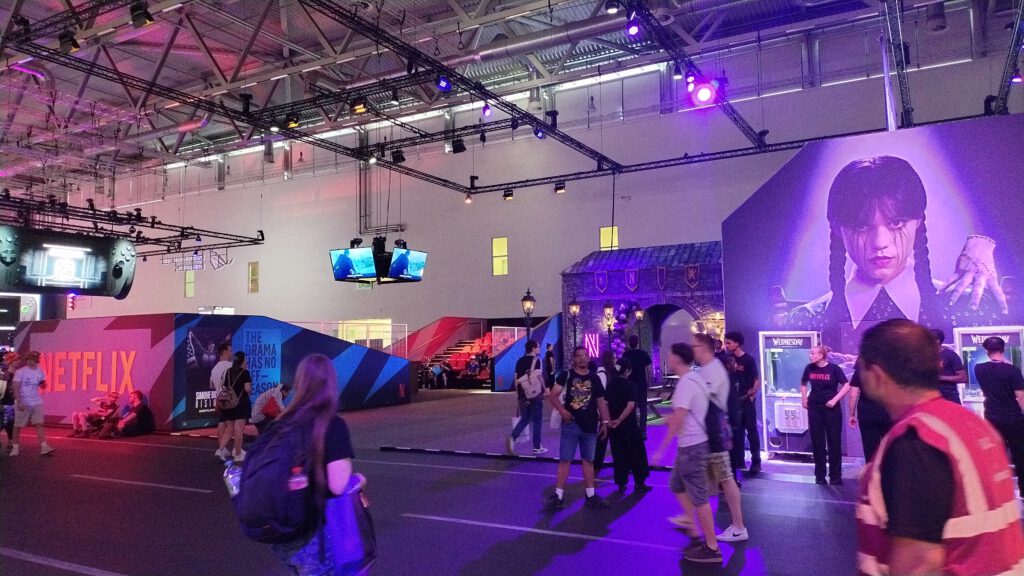
This year, the show was far more effective at integrating non-endemic brands. Sponsor marketing activities became an integral part of gaming booths and displays, rather than standing apart on the show floor. Non-endemic players also highlighted gaming-related content in their own way, as Netflix did with an outstanding showcase area featuring TV shows based on game IPs. In this way, Gamescom reflected the many reinterpretations of gaming content across media and marketing channels, now a significant revenue stream for the industry.
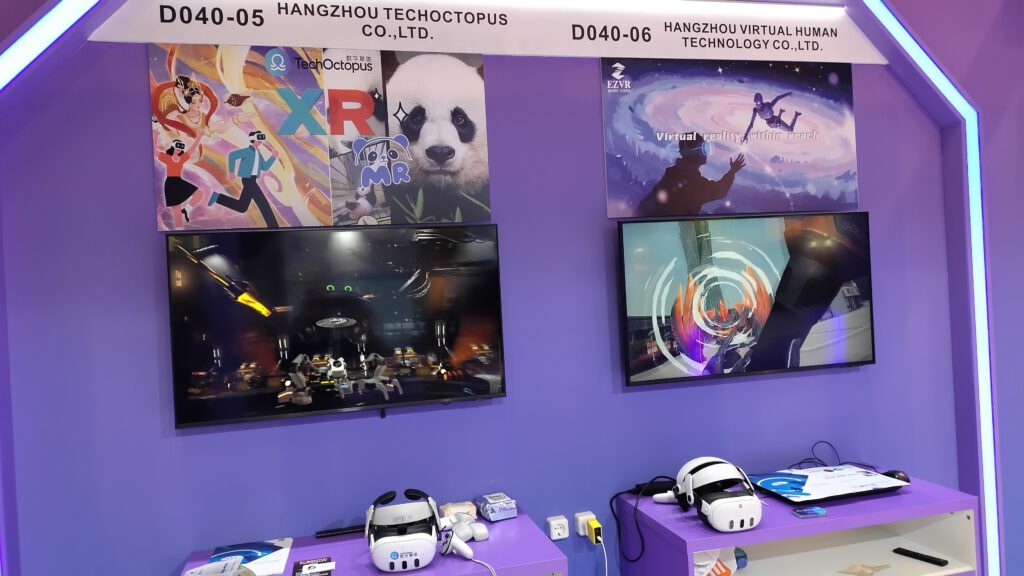

The industry overall remains in a somewhat defensive posture, marked by risk-averse product strategies, cautious investments, and a reliance on services and IP recycling. Companies are making more money with fewer customers, as sales statistics released alongside the show suggest. Meanwhile, emerging markets in Latin America, Southeast Asia, and MENA demonstrated impressive growth and were well represented on the show floor. First-time participants Qatar and Dubai presented ambitious regional funding initiatives. Gamescom offshoot events now replicate the main event in these markets throughout the year, reinforcing its impact back in Cologne.

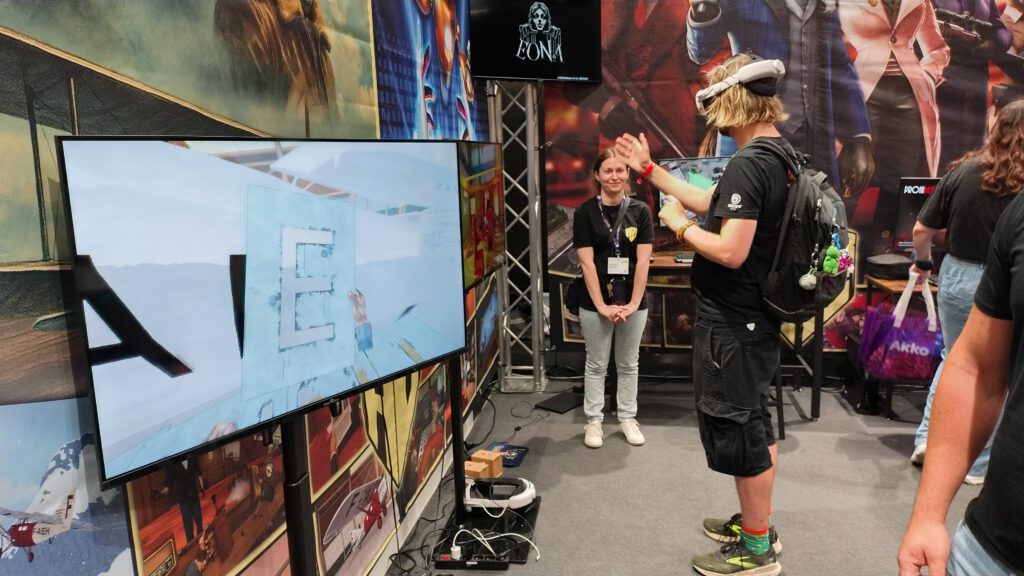
VR gaming still seemed confined to the business area. Meta’s booth offered media presentations, but on the public show floor, VR was scarce – aside from a VR arcade promotion and a handful of indie productions. With Sony absent and Meta focused on restrictive media strategies, major VR players again missed the chance to connect directly with the audience, relying instead on online marketing. This was all the more regrettable given that some indie developers demonstrated more accessible, frictionless VR experiences using hand tracking instead of controllers
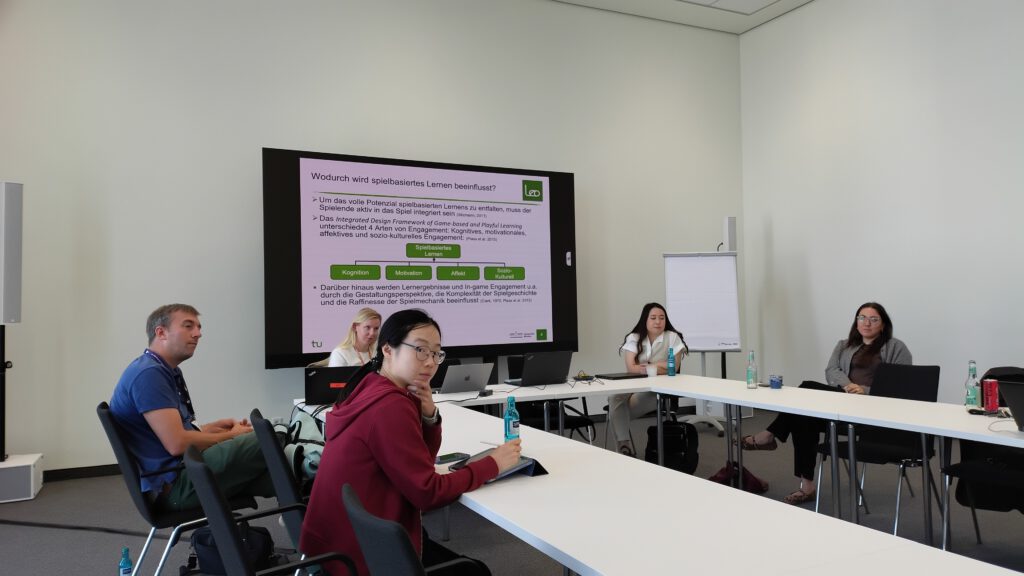
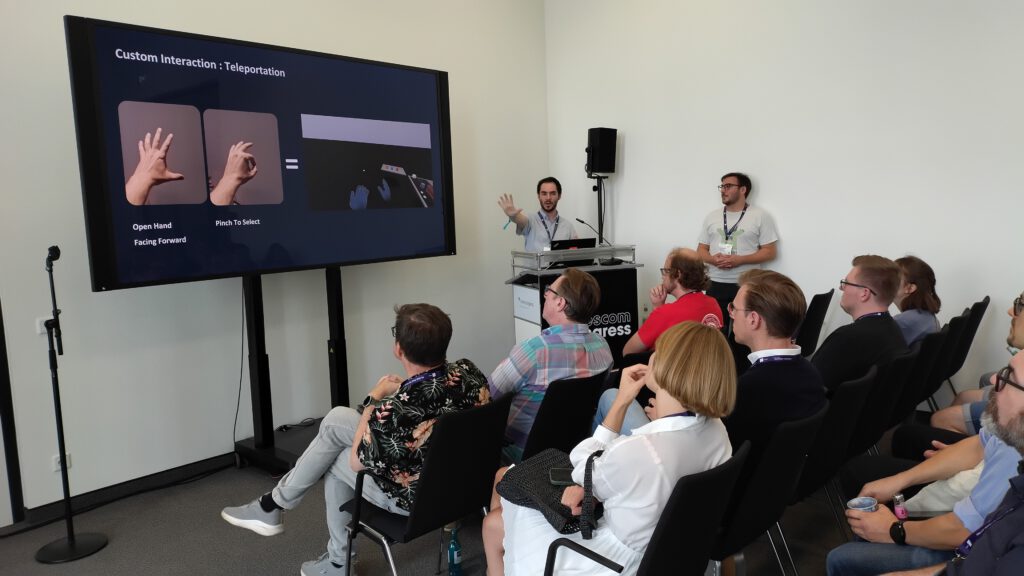
Gamescom Congress once again highlighted the wide gaps between the industry’s global marketing spectacle and local market realities: between high-profile political appearances and cumbersome funding procedures, and between fragmented federal education policies and the need for a cohesive digital strategy. In summary, Gamescom 2025 showcased both the strengths and contradictions of today’s gaming industry. It highlighted global reach, stronger integration of non-endemic partners, and promising growth in emerging markets. At the same time, it exposed persistent weaknesses in VR adoption, cautious product strategies, and the gap between political promotion and practical policy. The event thus reaffirmed its role as the premier stage for gaming’s evolution, while also reflecting the challenges the industry must still overcome.

